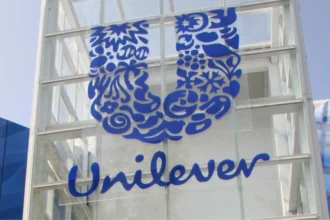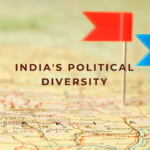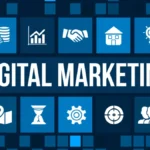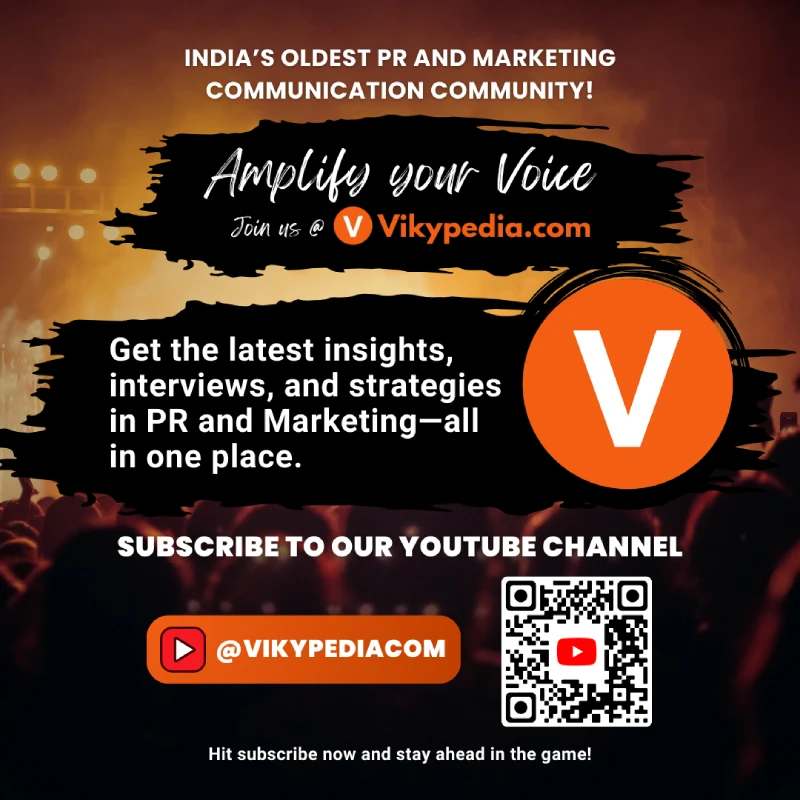In today’s fast-paced digital landscape, public relations (PR) and digital marketing are no longer solely about creative pitches and brand storytelling. The evolution of artificial intelligence (AI) has transformed these fields, providing businesses with tools that streamline processes, enhance content strategies, and improve engagement with audiences. From data analytics to predictive algorithms, AI-driven tools have become essential for PR and digital marketers seeking to create impactful, data-backed campaigns. Let’s explore the ways AI is revolutionizing these industries and review some powerful tools and resources available.
1. Predictive Analytics for Audience Insights
One of the most significant advantages of AI is its ability to analyze large sets of data quickly and accurately. In PR and digital marketing, AI-driven analytics tools gather insights on audience behavior, interests, and engagement trends, allowing professionals to predict what type of content will resonate most. For instance, platforms like Sprout Social [↗] and Hootsuite Insights [↗] analyze audience engagement metrics and help identify optimal posting times, topics, and formats to enhance impact.
Predictive analytics can also be used to forecast trends, enabling PR and marketing teams to stay ahead of the curve. For example, Google Trends [↗] employs AI to show the popularity of search terms over time, which can guide content strategy by highlighting emerging topics.
2. AI-Generated Content and Personalization
AI is also transforming content creation, offering tools that assist with everything from ideation to personalized messaging. For PR and digital marketing professionals, content needs to be relevant, timely, and engaging. AI-driven platforms like ChatGPT [↗] and Jasper.ai [↗] can assist by generating fresh ideas and creating drafts based on input prompts, saving valuable time for teams.
Moreover, personalization tools like Dynamic Yield [↗] and Segment enable marketers to deliver content that is tailored to individual user preferences. This level of customization builds stronger customer relationships by providing experiences that feel genuinely personal, increasing engagement and brand loyalty.
3. Media Monitoring and Sentiment Analysis
For PR professionals, keeping track of brand mentions and public sentiment is crucial. AI-driven media monitoring tools like Meltwater [↗] and Brandwatch [↗] offer real-time tracking of brand mentions across social media, blogs, news, and forums. These tools go a step further by analyzing sentiment, allowing PR teams to gauge public opinion on their brand or campaign.
Sentiment analysis, powered by natural language processing (NLP), breaks down online conversations and categorizes them as positive, negative, or neutral. This insight helps brands quickly identify potential crises and address them before they escalate.
4. Chatbots and Enhanced Customer Engagement
Chatbots have become a staple in digital marketing, enhancing customer experience by providing instant responses to common questions. AI-driven chatbots like Drift [↗] and Intercom [↗] are now used not only for customer service but also for lead generation. They engage website visitors, provide information, and even help guide users through the sales funnel.
For PR, chatbots can assist in crisis management by answering frequently asked questions from the public, ensuring prompt and consistent communication during times of high engagement or media scrutiny.
5. Performance Optimization with A/B Testing
AI-powered A/B testing tools like Optimizely [↗] and Adobe Target [↗] allow marketers to test different versions of content, headlines, images, and even calls to action, then analyze user engagement with each. This data enables PR and digital marketing teams to refine their content based on real audience feedback, helping them understand what resonates best and optimize performance.
These tools utilize machine learning algorithms to analyze patterns in audience response, making data-backed decisions on which content should be promoted or adjusted.
6. Real-Time Crisis Management
AI-driven tools provide real-time data, which is invaluable during a PR crisis. Platforms such as Cision [↗] and NewsWhip [↗] track breaking news, helping PR professionals stay updated on industry happenings and public responses. These tools also use AI to analyze the reach and impact of specific stories, helping teams prepare responses swiftly.
Resources for Further Exploration
To dive deeper into AI in PR and digital marketing, here are some recommended resources:
- AI in Marketing, Sales, and Service by Peter Gentsch: An in-depth exploration of AI applications in modern marketing.
- Sprout Social’s Social Listening Guide: Provides insights on using AI-driven social listening tools to enhance PR strategies.
- AI in Public Relations: The Art of Automation by Jean Valin: A research paper exploring AI’s influence on PR and strategic communication.
In summary, AI-driven tools are not just optional add-ons for PR and digital marketing—they are essential. By providing actionable insights, automating content creation, and refining customer engagement, these tools enable PR and marketing teams to focus on strategy and creativity, ultimately delivering more effective campaigns.

















